645 format standard zoom VARIO SONNAR 45-90
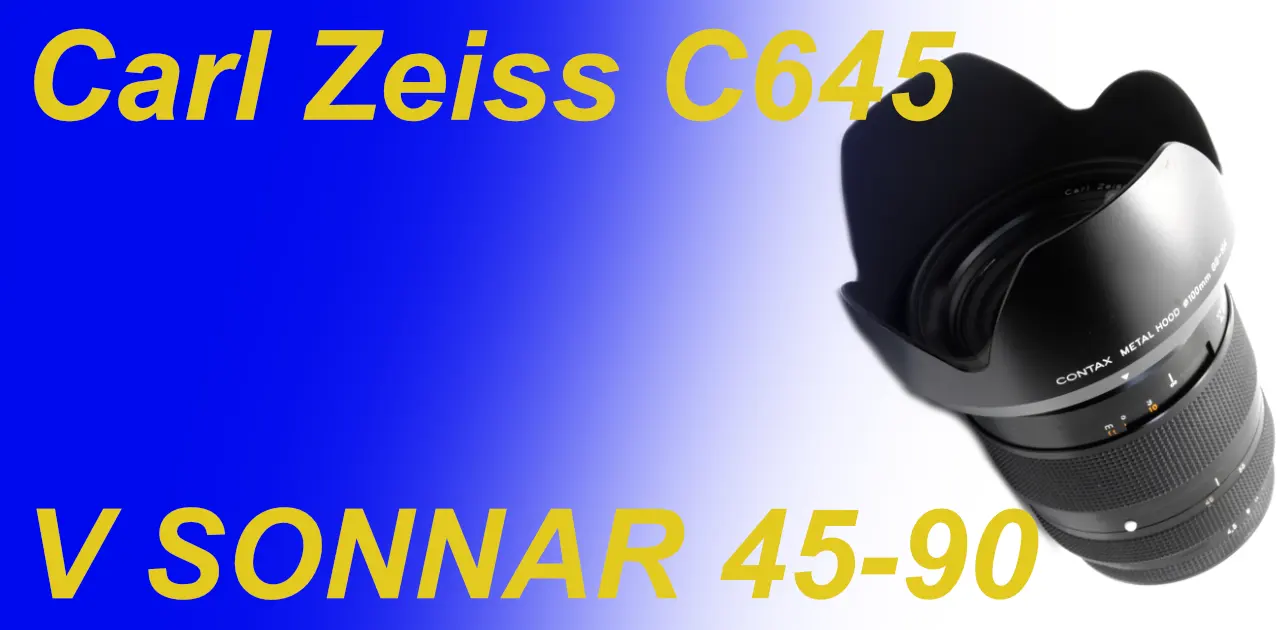
A review and Photo example of the VARIO SONNAR 45-90mm(Kyocera/CONTAX) with a Leica S digital camera.
Table of contents
Gallery
- Sample photo taken with the LEICA S Typ007.
Review
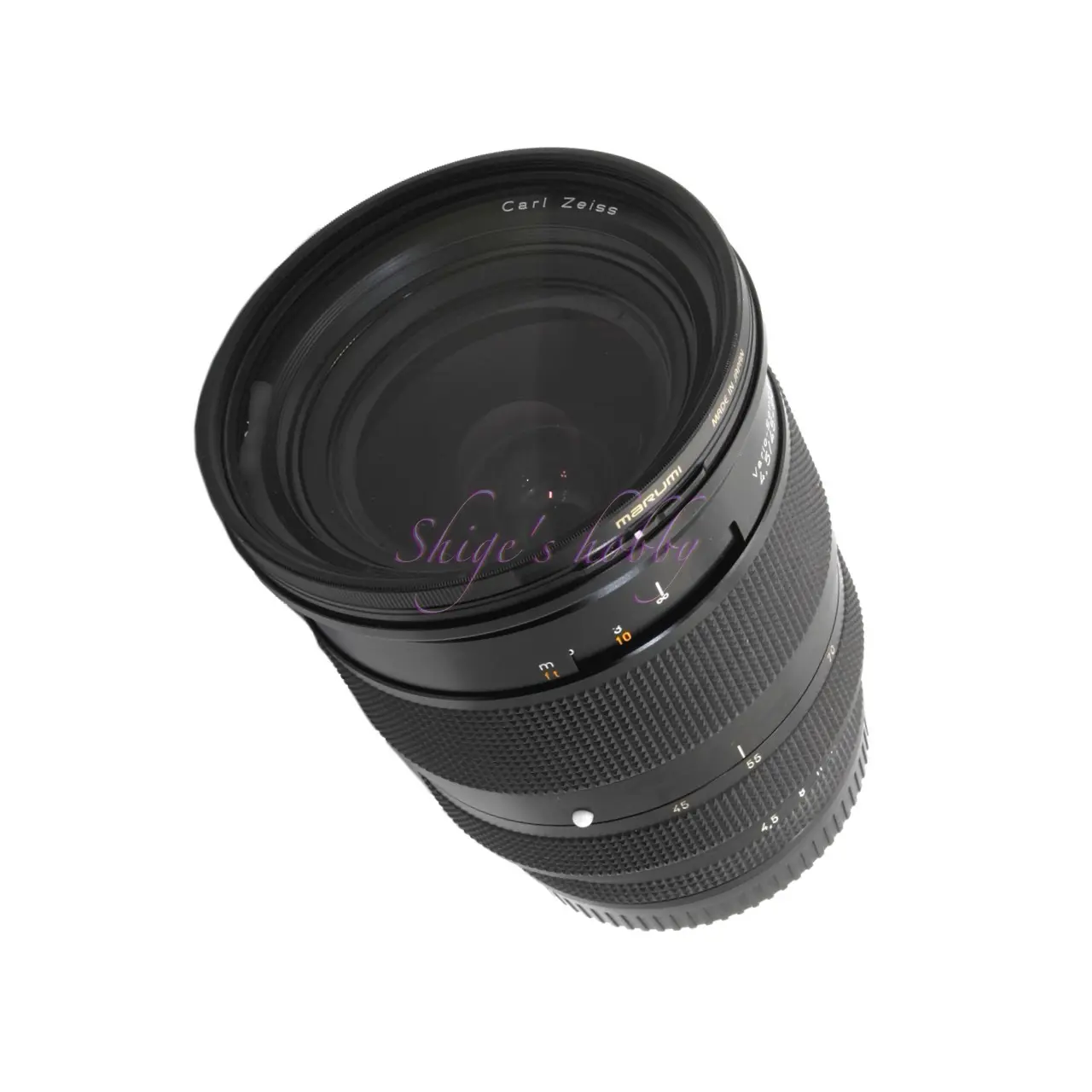
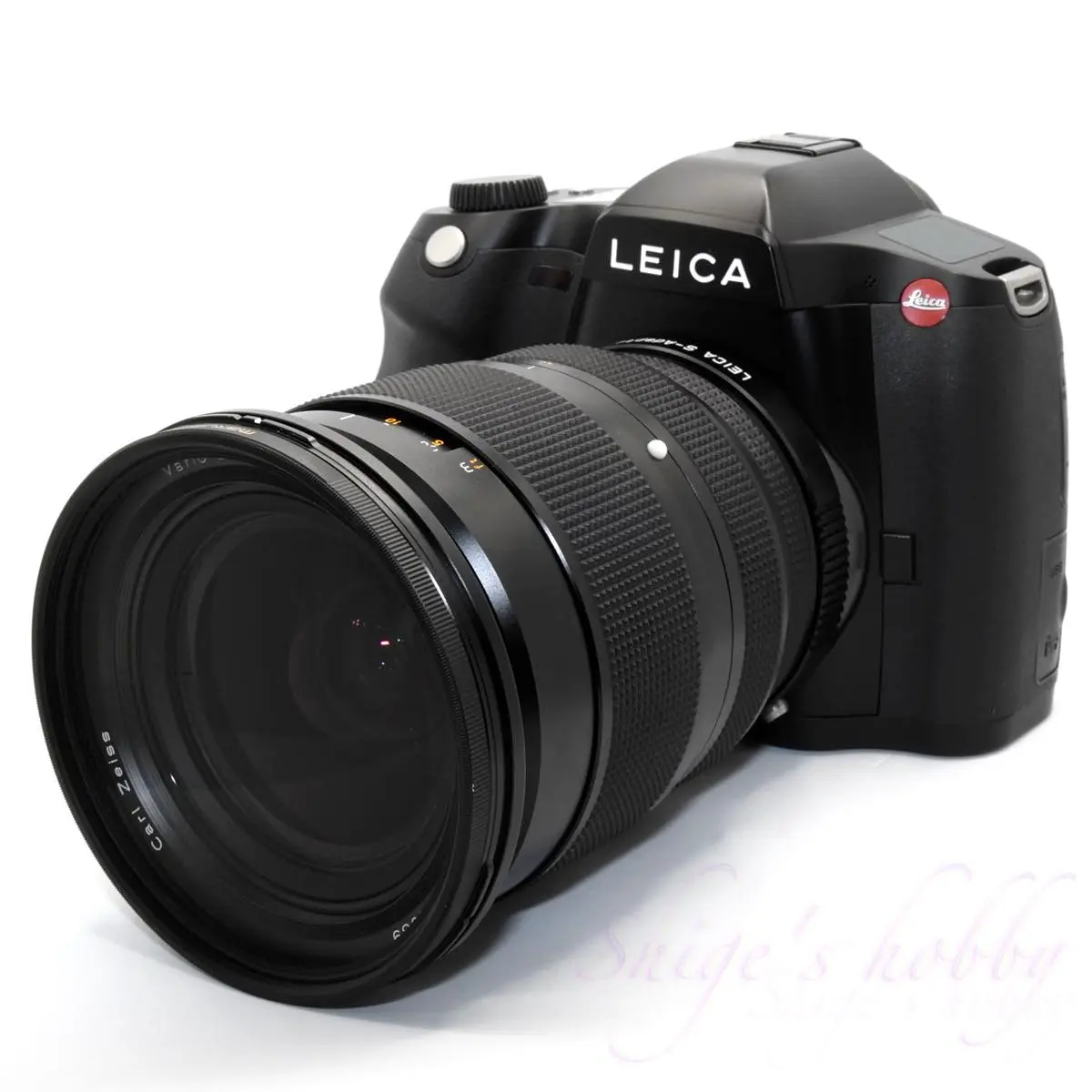
1.Overview
The Vario-Sonnar 45-90mm F4.5 (hereinafter referred to as VE45-90) is a zoom lens for medium-format cameras with a zoom range of 45mm to 90mm and maximum aperture of F4.5.
When used with the LEICA S typ007, it covers the standard range of 36mm to 72mm by multiplying the sensor size by 0.8.
Lenses with a constant F-number follow the image of high-end zoom lenses from the era of manual cameras, but when used in the current P mode with the advancement of electronic cameras, the change in F-number of a zoom lens is not a big problem. Rather, it is better to have a variable F-number to increase the brightness on the wide-angle side.
However, since this lens has a double zoom range, even if the F-number is variable, the lens size means that the F-number at the wide-angle side of 45mm is only about F3.5 to 4, so a constant F4.5 aperture would be more realistic.
The lens is not an internal zoom, and the overall length changes slightly when zooming. The length changes irregularly when zooming, extending about 5mm at the 45mm position, the shortest at the 55mm position, and the longest at the 90mm position, extending about 9mm forward.
The zoom ring is located at the front and the focus ring is located at the tip of the lens.
When used with the LEICA S typ007 + 16038 [Leica S adapter C], the focal length is recorded in the EXIF of the image file, so you can check the focal length at which the photo was taken after shooting, making it as easy to use as a modern zoom lens. With this combination, the aperture ring on the lens does not function, and the aperture value must be set on the camera.
2.Usage
The VE45-90 is a zoom lens for 645 format cameras that was released in 2002, three years before the end of the CONTAX 645 camera. It is one of my favorite lenses because it matches the appearance of the LEICA S Typ007 well.
The lens’s depiction is as expected, and when I checked the image developed from DNG, the F-number was dark, but the sharpness was comparable to that of a prime lens.
With a focal length of 45mm, distortion was hardly noticeable at infinity, but at a shooting distance of about 1m, which is common to all lenses, barrel distortion was observed when shooting a brick-like grid.
The distortion is straightforward, so it should be easy to correct with image processing software. As it is a minor lens, the lens name does not appear in the lens correction candidate list of Affinity Photo 2, which I usually use.
Since it is an AF lens, the focus is left to the camera except for close-up shooting, which will be described later, so you can concentrate on framing. However, like other CONTAX 645 lenses, the autofocus (AF) focusing speed is not very fast. The biggest drawback is the action of determining the focus when it returns beyond the AF focal point.
It would be nice if it stopped exactly at the first AF focal point, but it usually goes back and forth once and stops at the in-focus position.
There is no problem with the focusing accuracy at the AF stop position.
When shooting using the Auto Extension tube 13mm for close-up photography, AF can be used but the focusing accuracy is poor and there were several times when the shutter could not be released, so I used MF mode.
In my experience when shooting close-up, the AF of the LEICA S typ007 depends on how you align the subject and AF frame, but I often use MF because the focusing accuracy drops when shooting close-up.
Also, although it may be a problem specific to the lens I own, the AF drive sound of the lens can be a little harsh with a high-pitched sound.
This is because it is used via a mount adapter, but there is a one-beat lag between turning on the power and actually being able to shoot, and it takes a while for the camera and lens to establish communication when waking up from sleep, which is the same as other 645 lenses. I have seen posts on the web saying that the combination of Leica S and CONTAX 645 lens causes the camera to freeze when waking up from sleep, but I have never had the camera freeze when waking up from sleep because I turn off the main switch of the camera after using it and do not use the sleep function.
I had passed on purchasing this lens because I already had the HCD35-90, but since the DISTAGON 55mm and Planar 80mm seem to be difficult to obtain at a price, I purchased it in the hope that the ZEISS lens would cover that range. It overlaps with the DISTAGON 45mm that I own, but I was going to overlook that, but because of the versatility of this lens, I decided that I did not need the DISTAGON 45mm and sold it. However, after that, I found the DISTAGON 55mm at a cheap price at a sour shop in Ginza and bought it, so my lens ownership policy is unstable.
The dedicated hood for this lens, GB-104, is scarce on the used market and expensive. I got a new dead stock GB-104 on June 2, 2023. It’s a shame to use it as it’s in perfect condition, but I’ll try it out outdoors at some point.
The GB-101 for the DISTAGON 35mm has a hood diameter of φ100 and the bayonet claw position is the same as the GB-104, so it can be used in the same way. The hood length of the GB-101 is not long enough for the focal length, but it’s better than nothing, so I use it outdoors during the day.
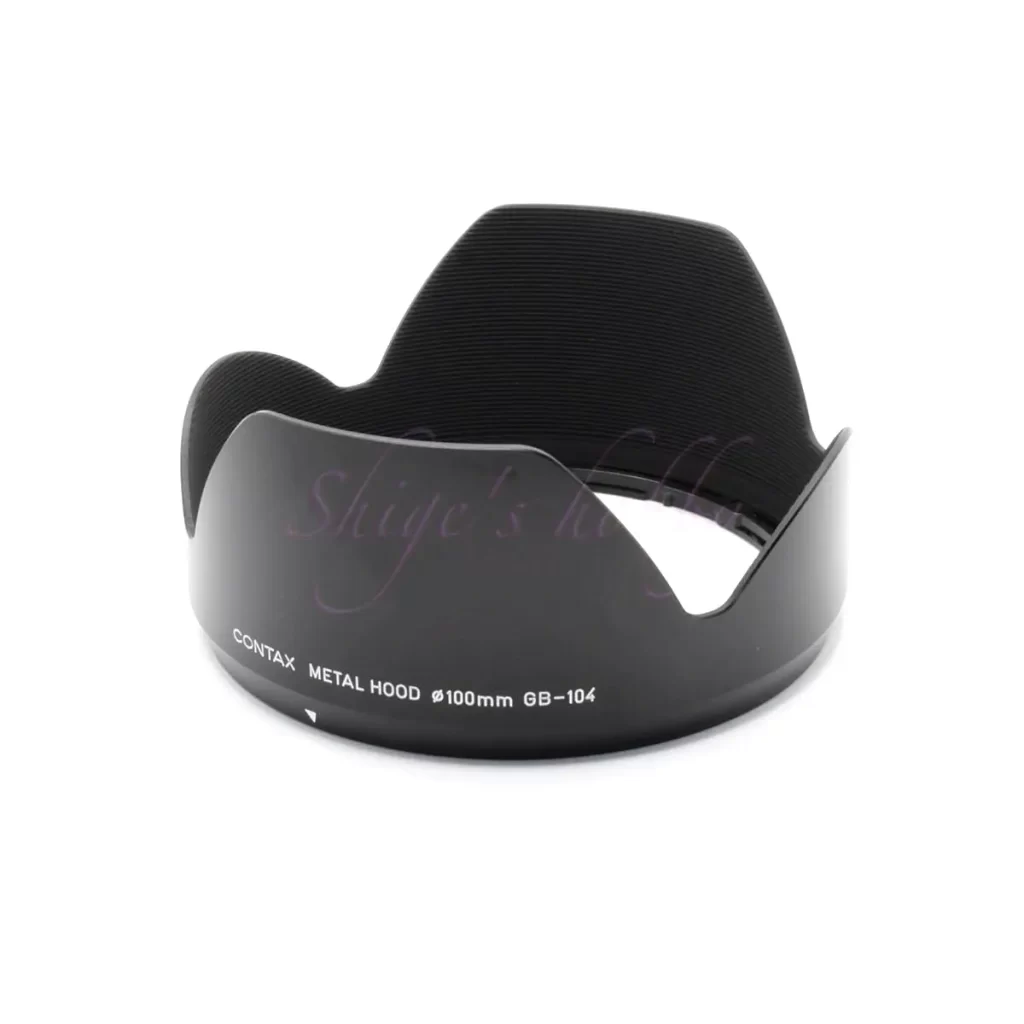
Like the DISTAGON 55mm, it is said that there are only a few made, but it seems that there are always a few on the secondhand market, so if you search carefully at a secondhand store, you should be able to find this lens.
3.Summary
When used with a medium format digital camera other than a digital back, the VARIO SONANR 45-90mm focal length of 36mm to 72mm is not wide enough, but it covers the range that is relatively commonly used.
The image quality is also excellent, and I often choose this lens when traveling with just one lens. Whether or not to bring a wider angle lens depends on the luggage at the time.
As the lens is a medium format lens, it is quite bulky, and the size of the camera body makes it easy to use with the Leica S series. The lens may be a bit too large for use with a 35mm mirrorless camera.
The reason why the focal length range of this Vario-Sonnar was 45-90mm and not 35-90mm was because the lens would have become larger by making the wide-angle end 35mm, and because the DISTAGON 35mm would have been eliminated in terms of product composition if a zoom lens covered 35mm at the wide-angle end, I speculate that this lens specification was adopted. However, this is a wild guess and may simply be a technical or price issue.
Specification and Competitor
Zoom lenses for medium format cameras include the HASSELBLAD HCD35-90 and the LEICA VARIO ELMAR 30-90, but the Vario-Sonnar has the narrowest focal length range.
The HASSELBLAD HCD35-90, which has a built-in leaf shutter, is the largest and heaviest, while the LEICA VARIO ELMAR has a wider focal length range of 30-90mm, the same lens size as the Vario-Sonnar, and a bright maximum aperture of F3.5. Comparing specifications alone, the Vario-Elmar is the best of the three lenses.
One of the reasons for this superiority in specifications is that the Vario-Elmar lens was designed more recently and is optimized for the 45*30mm digital medium format sensor, which is smaller than the 645 version.
However, on the Akamaru Forum, where enthusiasts gather, the Vario-Elmar has been written about in a terrible way, and I was a little put off by the people who had high expectations for the zoom lens.
Leica may have believed the words of Leica itself, “Apart from the slightly slower maximum aperture, it can be used effectively and is difficult to compare with prime lenses.” and competed head-to-head with prime lenses in terms of image quality.
Whenever a new zoom lens is released, we often hear the phrase “image quality on par with that of a prime lens,” but as zoom lens design and manufacturing technology advances, the image quality of prime lenses designed in the same era should also improve, so I think that prime lenses continue to have an advantage in terms of brightness and image quality.
- The lens construction diagrams are quoted from each company’s PDF, and the sizes have been adjusted by us, so they are not exact.
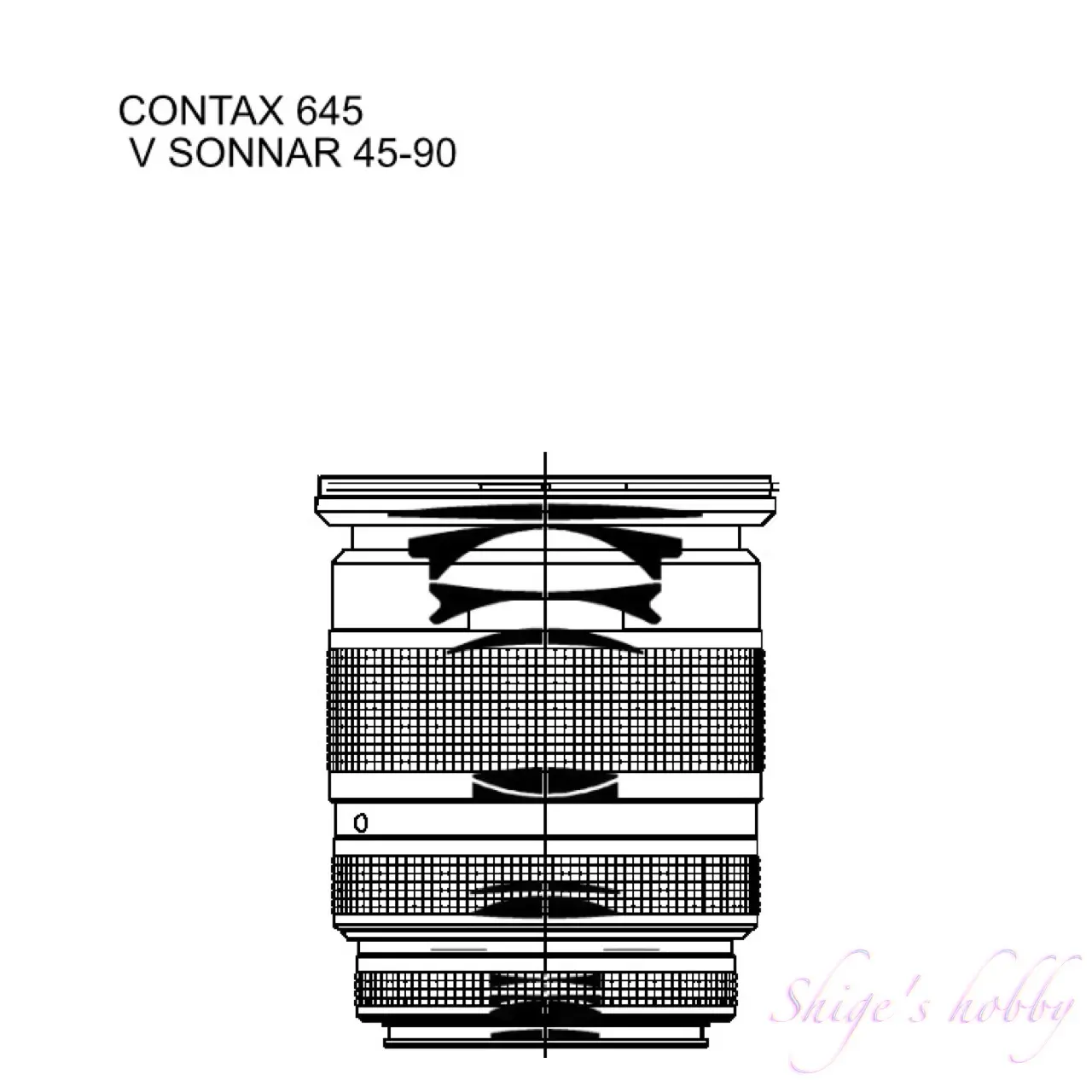
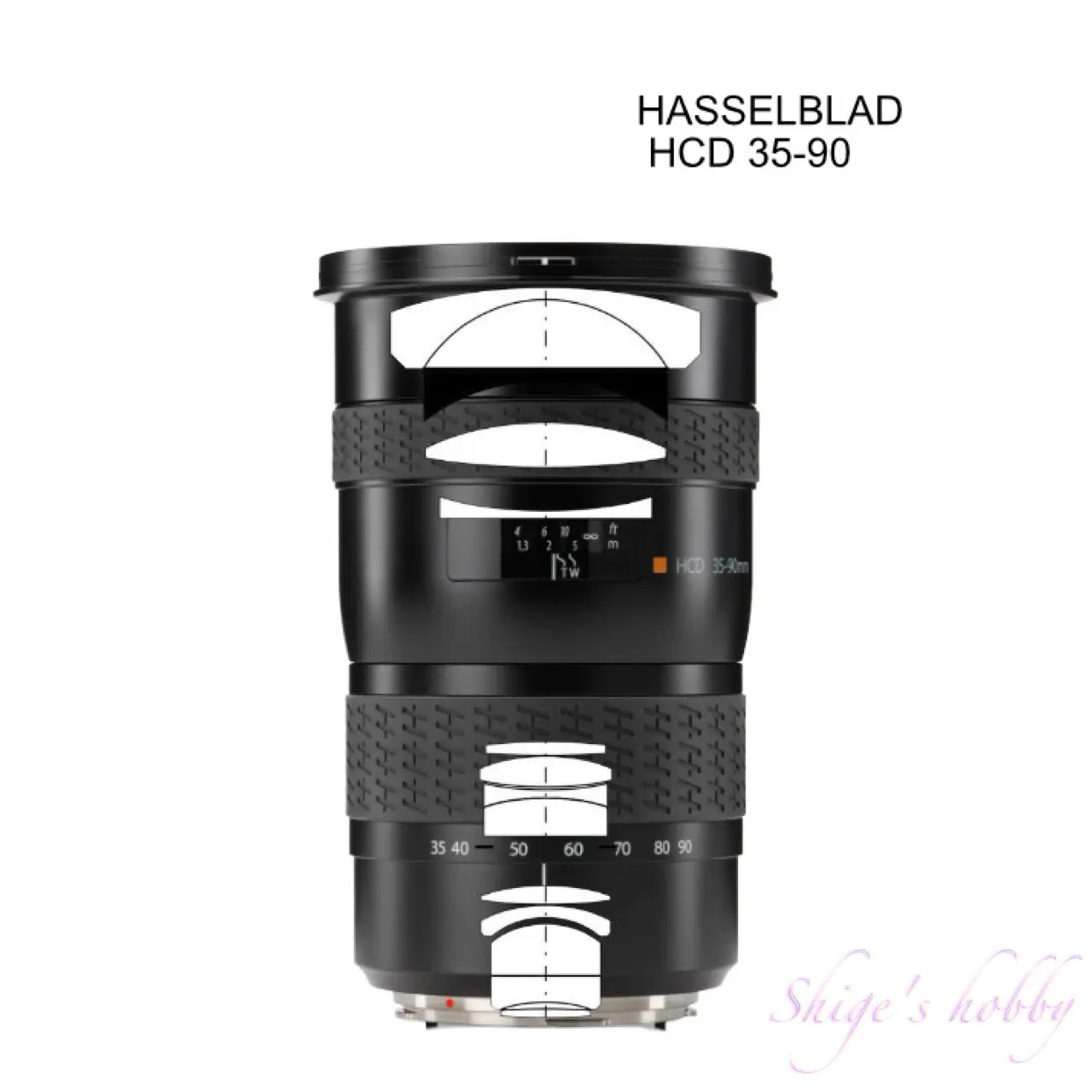
| Lens name | CONTAX VARO-SONNAR45-90 | HASSELBLAD HCD35-90 | LEICA VARIO ELMAR 30-90 |
| Local length(mm) | 45.9〜87.5 | 36.3〜87 | 30〜90 |
| Max aperture | 4.5 | 4.5(5.6) | 3.5(5.6) |
| Min aperture | 32 | 32 | 32 |
| Lens Construction | 12elements in 10group | 13elements in 11group | 14elements in 11group |
| Min distance(m) | 0.5 | 0.65 | 0.65 |
| Lens length(mm) | 115 | 167 | 113.5 |
| Lens Max diameter(mm) | 102 | 102.5 | 101 |
| Filter Size(mm) | 95 | 95 | 95 |
| Weight(g) | 1140 | 1410 | 1030 |
| Release date | Y 2002 | Y 2016(Orange dot) | Y2012 |
| Price(Japan-Yen) | ¥379,000 Y2023 Uesd ¥150,000〜 | ¥1,024,000 Y2023 Used ¥300,000〜 | ¥1,220,000 Y2023 Used ¥500,000〜 |
Reference links
- ZEISS History product for VARIO SONNAR 45-90mm
- HASSELBLAD HCD 35-90mm
- LEICA VARIO ELMAR 30-90 ASPH.
- Press release of Kyocera North America
- Adapter for using Contax 645 lenses on Leica S
- Fujiya Camera Leica S Adapter C
Update history
- 2025.4.2
- 2024.12.15
- 2024.8.28
- 2024.03.04:update
- 2023.06.25:First draft
Affiliate Link
- Amazon Affiliate link of CONTAX
- Amazon Affiliate link of CONTAX645
- Amazon Affiliate link of CONTAXC books

Leave a Reply